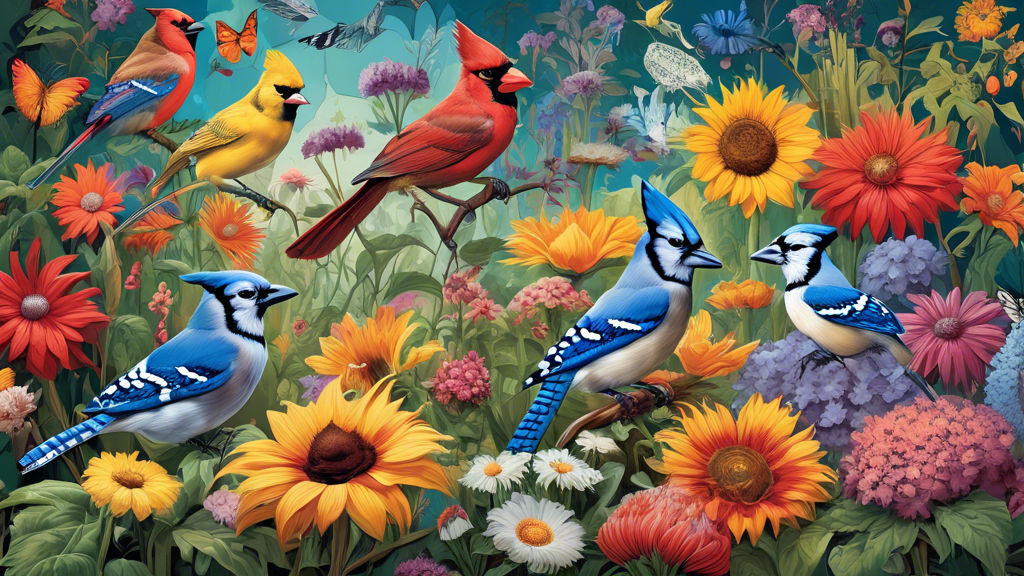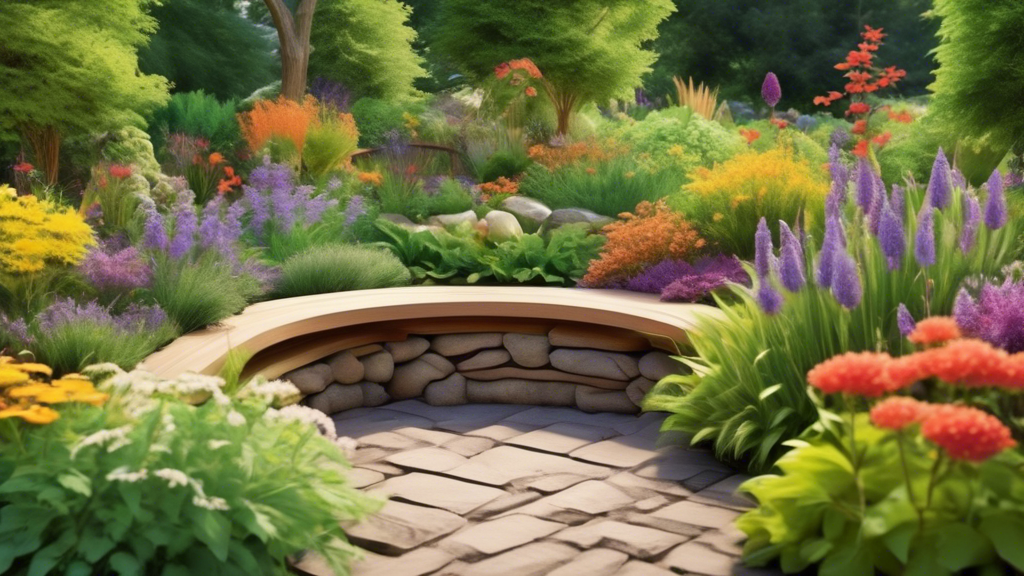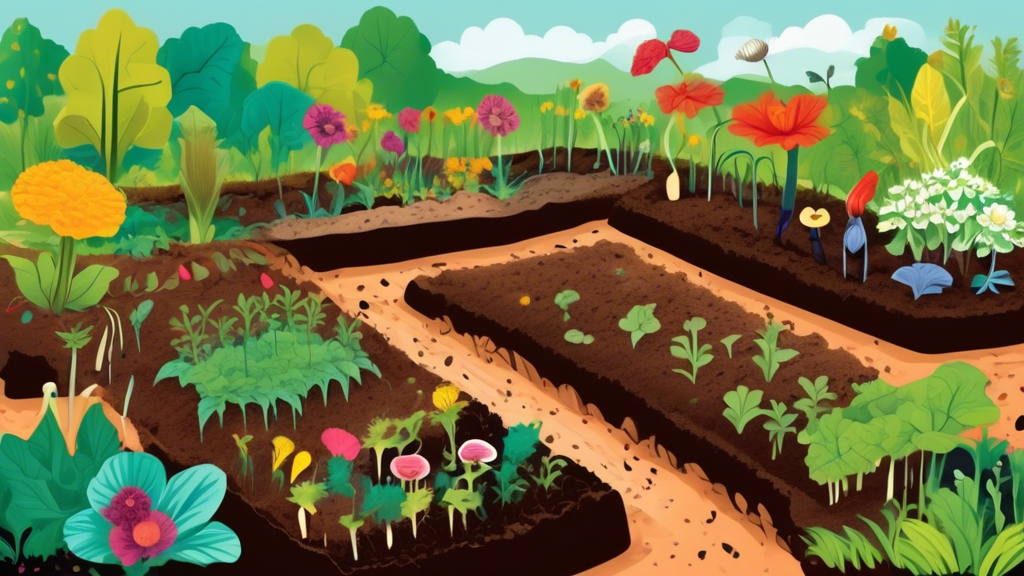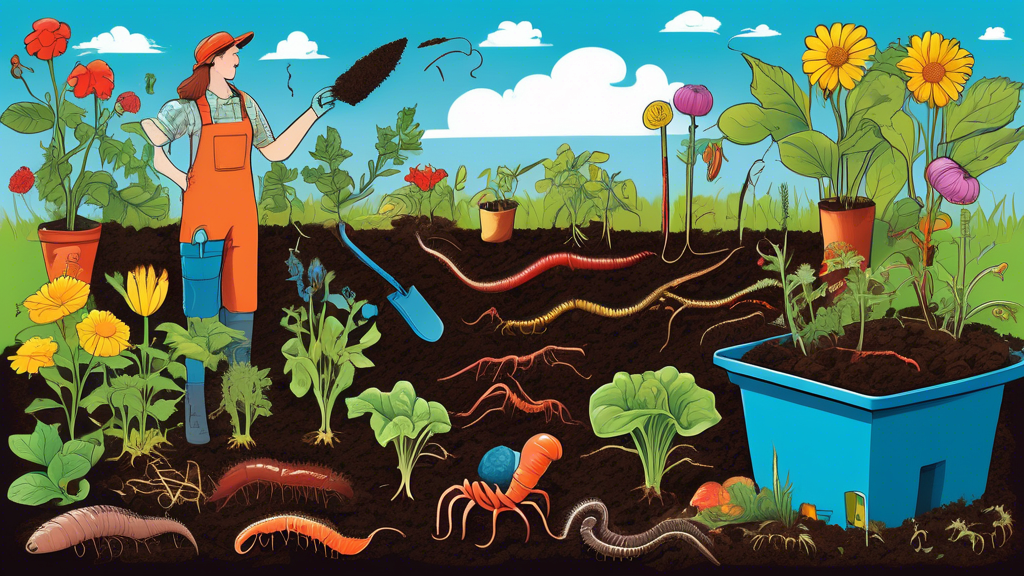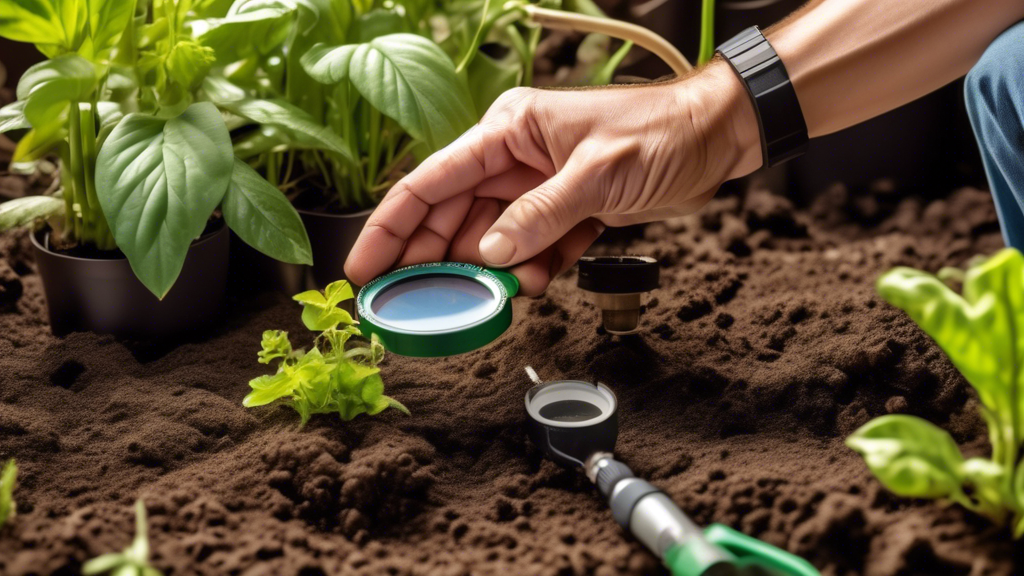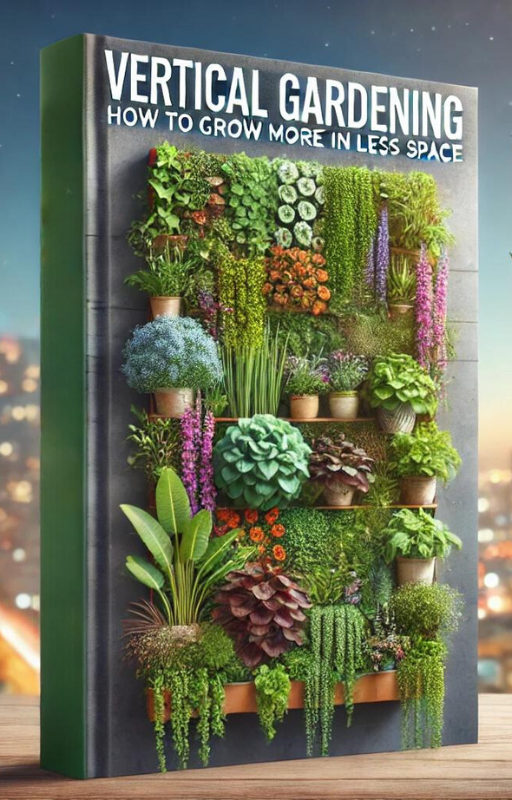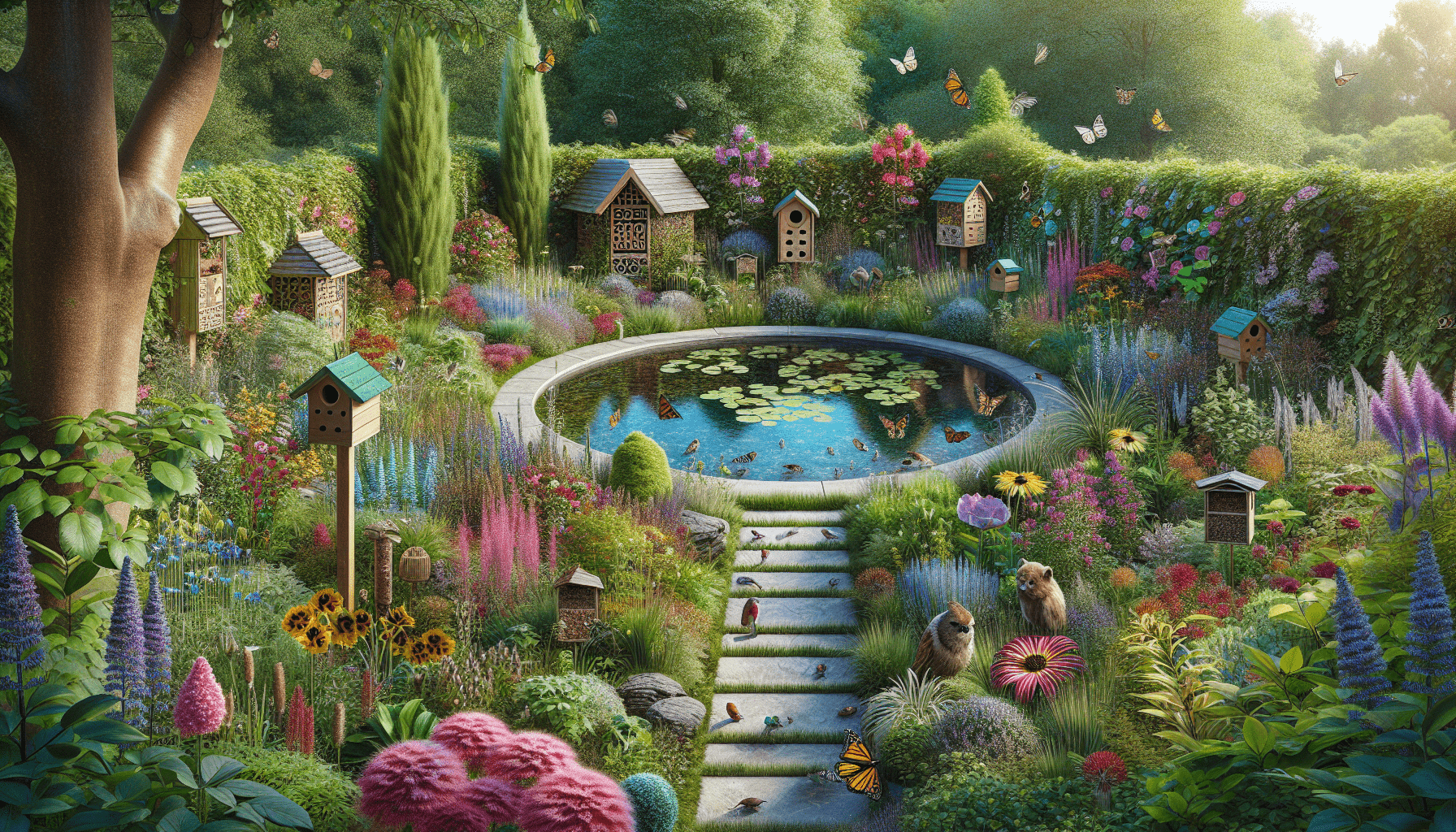
Why Bother? The Powerful Benefits of a Wildlife-Friendly Garden
For the Ecosystem: Be a Local Hero
Transforming your outdoor space does more than just beautify it; it creates a vital lifeline for local fauna. By providing crucial food, water, and shelter, your garden becomes a sanctuary for pollinators like bees and butterflies, as well as birds. This effort helps create essential “wildlife corridors,” especially in urban and suburban settings, allowing animals to move safely between habitats. Ultimately, you are directly supporting local biodiversity and strengthening the entire regional food web, making a tangible difference from your own backyard.
For You: The Personal Rewwards
The benefits extend far beyond the local ecosystem. A garden teeming with life offers you natural pest control, as birds and beneficial insects feast on common garden pests. This leads to better pollination for your vegetable patches and fruit trees, resulting in a more productive harvest. Furthermore, a dynamic garden provides endless opportunities for observation and connection with nature, which has been proven to reduce stress and significantly improve mental well-being.
Common Challenges (And How to Solve Them)
“I Don’t Have a Lot of Space or a Big Yard.”
You don’t need acres of land to make a difference. Even a small balcony or patio can become a wildlife haven. Focus on container gardening with native flowers, hang a single bird feeder, or install a compact “bee hotel” to provide essential nesting sites for solitary bees.
“I’m Worried About It Looking Messy or Unkempt.”
A wildlife-friendly garden doesn’t have to look wild. You can achieve a balanced aesthetic by using designated “wild corners” for log piles or leaf litter, while maintaining neatly edged raised beds and pathways. Choosing aesthetically pleasing native plants that offer structure and color throughout the seasons can create a beautiful, intentional landscape that is also highly functional for wildlife.
“I Don’t Want to Attract Pests or Dangerous Animals.”
The goal is to attract *beneficial* wildlife that forms a balanced ecosystem. By providing specific habitats and food sources for creatures like birds, frogs, and predatory insects, you naturally keep pest populations in check. Simple management practices, such as not leaving pet food outside and securing compost bins, will effectively minimize the chance of attracting unwanted visitors.
“It Seems Too Expensive and Time-Consuming.”
Creating a wildlife habitat can be a very budget-friendly and gradual process. Start small by dividing perennials from friends’ gardens, making your own bird feeders from recycled materials, and collecting rainwater in barrels. This is a journey of small, cumulative steps rather than a single, costly renovation.
The Core Elements of a Wildlife Sanctuary
Plant a Feast: The Power of Native Plants
Native plants are the cornerstone of any effective wildlife garden. They have co-evolved with local insects, birds, and other animals, making them the most nutritious and accessible food sources. To provide a consistent food supply, aim for a succession of blooms from early spring to late fall, ensuring that pollinators and other wildlife have sustenance throughout the entire growing season.
Quench Their Thirst: Providing Fresh Water
Water is a powerful magnet for wildlife. A simple birdbath with a shallow edge or added pebbles (to provide landing spots for insects) is a great start. A ground-level dish can cater to amphibians and small mammals, while a small garden pond is the ultimate feature, attracting everything from dragonflies to frogs and providing a drinking and bathing spot for countless species.
Offer Shelter and Nesting Sites
Wildlife needs safe places to hide, rest, and raise their young. This can be as simple as leaving a “messy” area with a log pile, a patch of leaf litter, or a section of unmown grass. You can also install specific structures like birdhouses, bat boxes, and insect hotels. Dense shrubs and evergreens provide crucial cover from predators and harsh weather, making your garden a true sanctuary.
Ditch the Chemicals Completely
To truly welcome wildlife, it’s essential to eliminate synthetic pesticides and herbicides. These chemicals harm the very pollinators and pest predators you are trying to attract. Instead, embrace a balanced ecosystem where natural predators keep pest populations in check, creating a healthier environment for all.
Traditional Garden vs. Wildlife-Friendly Garden: A Quick Comparison
| Feature | Traditional Garden | Wildlife-Friendly Garden |
|---|---|---|
| Lawn | Large, monoculture, frequently mowed | Clover-rich, or reduced in size with wildflower patches |
| Plants | Often non-native, bred for looks, may be sterile | Primarily native species, chosen for nectar, pollen, and berries |
| Tidiness | Very tidy, leaves removed, edges sharp | “Managed wildness,” with designated habitats like log piles |
| Pest Control | Relies on chemical pesticides | Relies on natural predators (birds, ladybugs, frogs) |
| Water Source | Primarily for plants (sprinklers) | Includes features for animals (birdbaths, ponds) |
Something You Might Not Know: The Night Shift
Don’t Forget the Nocturnal Pollinators!
While bees and butterflies get most of the attention, a whole shift of vital pollinators becomes active after dark. Moths and bats are crucial for the pollination of many plants. To support these nighttime workers, incorporate night-scented flowers like Evening Primrose, Jasmine, or Moonflower into your garden. Their strong fragrances and pale, reflective colors are specifically designed to attract moths, turning your garden into a thriving, 24-hour hub of ecological activity that most people never see.
Frequently Asked Questions (FAQs) About Creating Wildlife-Friendly Gardens
How long does it take for wildlife to find my garden?
If you provide the core elements of water, food, and shelter, you may see initial visitors like birds and bees within days or weeks. However, establishing a complex, robust ecosystem is an ongoing process that develops and becomes richer over several seasons as plants mature and animal populations establish themselves.
Can I still have a vegetable garden?
Absolutely! A wildlife-friendly garden can significantly boost the productivity of your vegetable patch. The increased population of pollinators will lead to better fruit set on crops like tomatoes, squash, and berries. Furthermore, the beneficial insects and birds you attract will provide natural pest control, reducing the need for any interventions on your part.
What is the single most important thing I can do?
Plant a native tree or shrub. This single action provides a multi-layered habitat, offering food (in the form of nectar, leaves, nuts, or berries), shelter from the elements, and nesting sites for birds and insects. A native tree is the backbone of a local habitat and supports a vast number of species throughout its lifetime.
Are there any plants I should avoid?
Yes, it is critical to avoid invasive non-native species. These plants can escape cultivation, spread aggressively, and outcompete native flora, damaging local ecosystems. Always check with your local extension office or native plant society for a list of invasive species in your specific region before purchasing plants.
